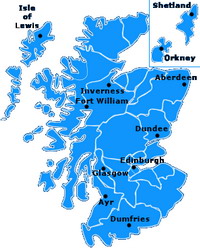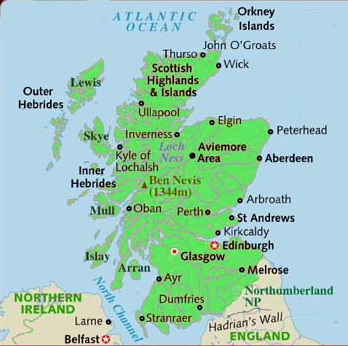TR-35
Ten Tribes Tribal Report no.35
28 March 2010 13 Nissan 5770
Contents:
1. Scotland
'Energy bonanza' to power 750,000 homes
2. Finland: Finnish Descent from Europe, Sami Genetics: Distinct
3. Scotch-Irish
The Most Politically Successful People
|
Brit-Am Discussion Group |
Contents by Subject |
Research Revelation Reconciliation Contribute |
|
Site Map Contents in Alphabetical Order |
This Site |




